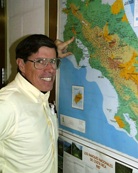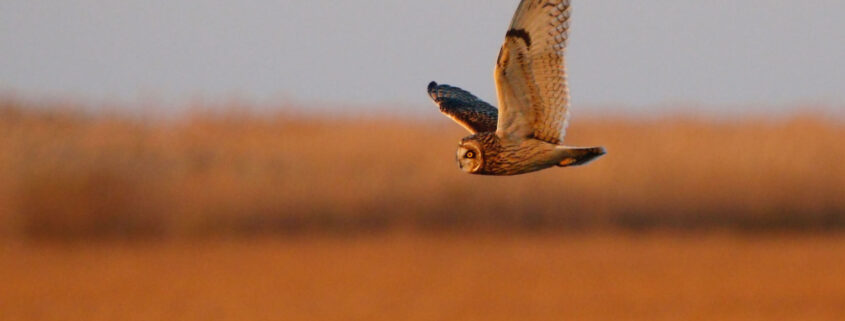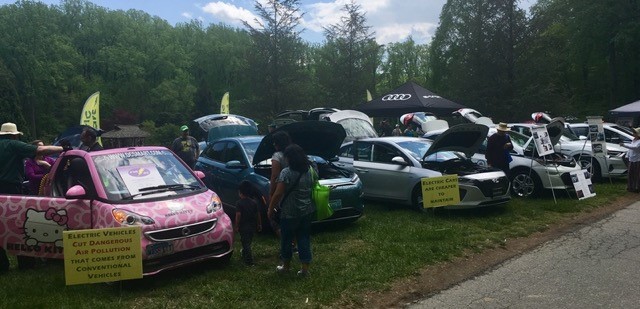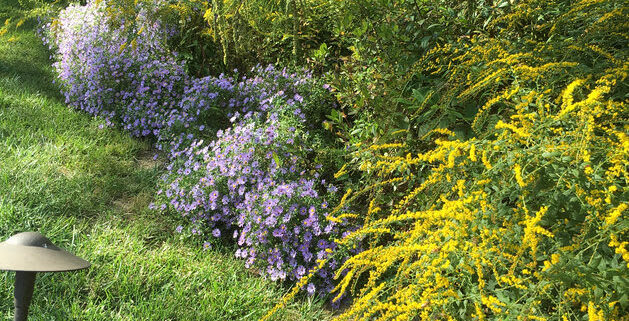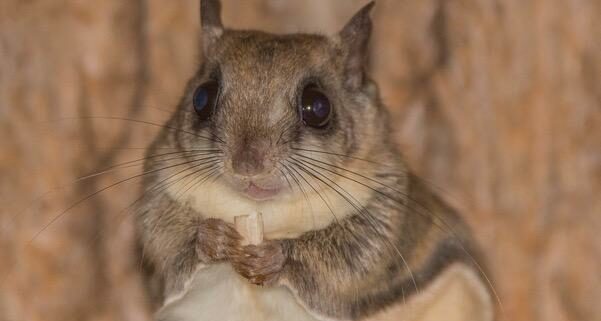A Simple Tree
Photo (c) by Barbara J. Saffir
Essay by Barbara J. Saffir
My life is about to change soon. Not in a big way. No cancer, divorce, or job loss. (I count my blessings!) But it will still change in a meaningful way. My apartment manager is going to cut down the cherry tree in front of my home. No big deal? That’s bad news for the cheery, cherry-red cardinals who perch there when they feed their fluffy-feathered babies. It’s a big loss for the happy hummingbirds who hunker down there in a storm. It’s where our Olympic gymnasts of birds — white-breasted nuthatches — perform head-first acrobatics racing down the tree trunk. That’s where red-bellied, hairy, and downy woodpeckers hold their “coffee klatches.” Where teensy, tufted titmouses with fawn-like eyes seemingly pose by the tree’s sweet-smelling white flowers each spring. Where eastern gray squirrels stretch out in the 90-degree days of July and huddle together during February’s frigid days. And each fall, its sunshine yellow leaves linger briefly, reminding me that all good (and bad) things eventually end.
If this were only one lone tree, then it would mainly affect me. It’s part of my daily life. I delight in watching and photographing the critters’ antics in the tree from the picture window in my home office. But at least 50 species of birds and other cute creatures’ lives partially depend on it.
It’s not the only tree to bite the dust recently. Miles upon miles of trees are now being annihilated for the I-66 toll-lane widening. “In the last two decades, over thirty-five percent of Northern Virginia’s urban forest has been bulldozed and chainsawed,” says the nonprofit Fairfax ReLeaf.
Why do we even need trees? “Without them, life on earth would be very different,” says the Virginia Department of Forestry. Most importantly we need their oxygen. Trees clean the air. They provide temperature-lowering shade. They provide privacy. We thrive on the beauty of the wildly diverse types and sizes and shapes and colors of trees in all four seasons. They increase the value of human houses and they provide safe homes to cute creatures like northern flickers with crayon-yellow feathers, rusty-colored screech owls, and pint-sized flying squirrels, who nest and rest in their trunks and on their branches. Their flowers help provide pollen to Virginia’s and Maryland’s 400 species of native bees. Trees help cut flooding and clean our drinking water.
But trees are not a focus of my large apartment complex. As a long-term renter, I twice appealed to the corporate office and even offered to donate native plants to replace the mid-sized tree with no luck. I’ll admit that the tree needs replacement but the questionable pruning methods over the years probably hastened its unhealthy state. If it were on my own property, I might cut it down halfway to leave it for woodpeckers and nuthatches to live in and snack on the ants and other life-sustaining bugs that dwell in its innards. But alas, life is very short and one has to pick one’s battles.
I will miss “my” cherry tree. But I won’t hold a funeral. I’ll try not to grieve too long. But it would sure make me and the critters feel better if someone would replace it with a new native tree!
—————————————————————————————————
Readers, are you also grieving for a favorite dead tree or plants at your apartment, in your neighborhood, or at a public park? Please feel free to share this little story to help educate your friends and neighbors about the crucial need for trees. Please also share your frustrations and successes in the comments section below along with your ideas for how to keep this from happening elsewhere.





